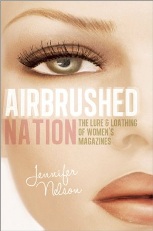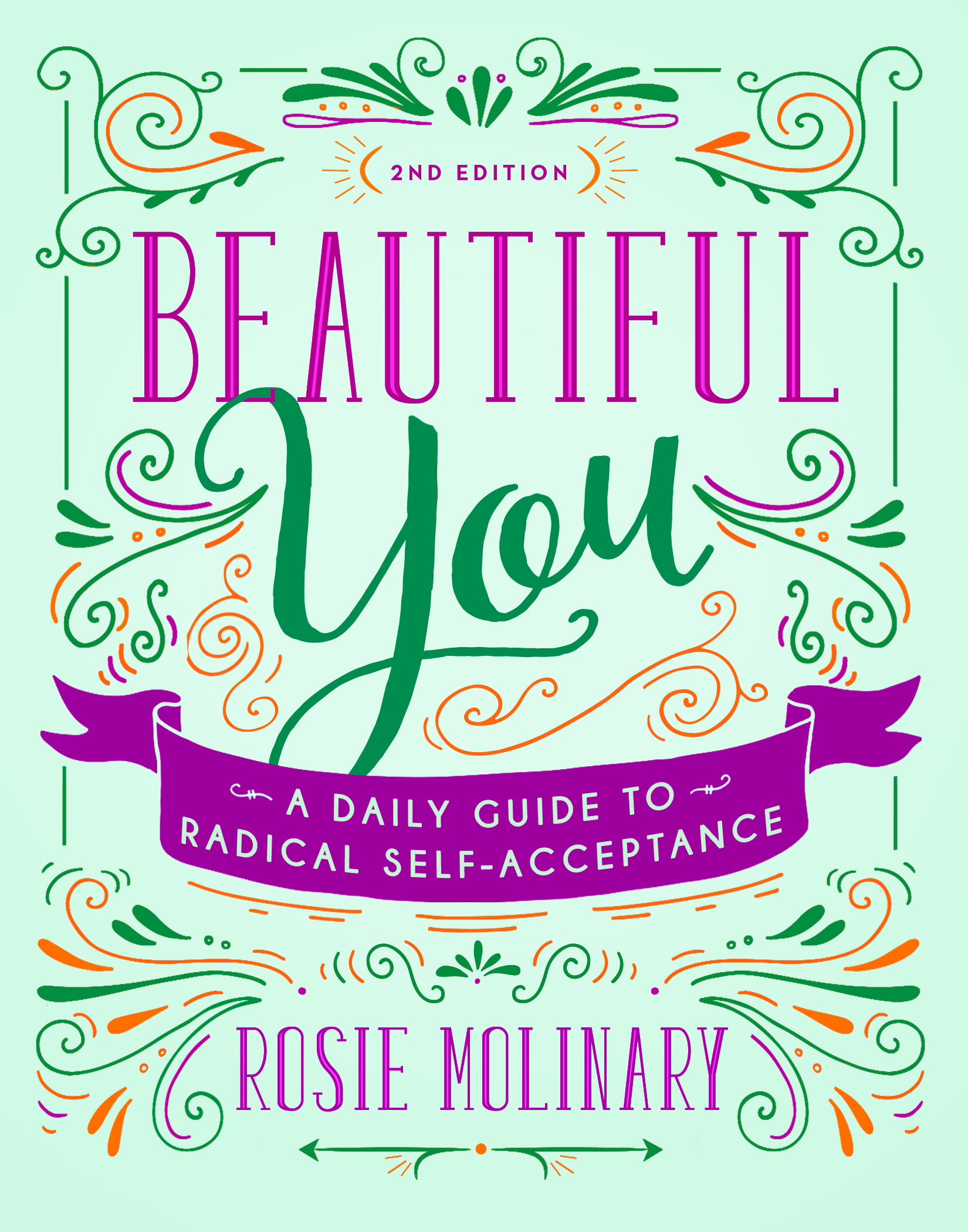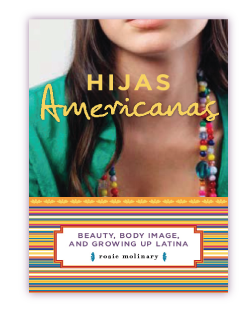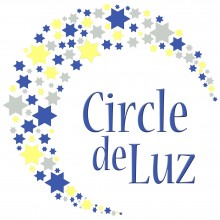Oh, I am so excited about today’s post. On Tuesday, October 30th, Seal Press will release Airbrushed Nation: The Lure and Loathing of Women’s Magazines by Jennifer Nelson. A well-known writer for glossy magazines, Nelson has seen enough to make some really keen observations on the magazine business. And she shares all sorts of insights and observations in her new book. She generously offered us an excerpt of Chapter 5: It Ain’t About Inner Beauty. Check it out and then pick up the book for yourself.
How do cover lines like “Resize Your Thighs,” “Blast Belly Fat,” and “Take Ten Years Off Your Face” strike you? A tad insulting, perhaps? Most likely. Because the message being sent is that you, dear reader, are in need of resizing, fat-blasting, and age-defying. And it doesn’t stop there. Every month, from every cover, the magazines scream some new directive that assumes you’re not good enough as you are: “Get Thinner.” “Get Prettier.” “Exercise More.” “Quit Looking Your Age.” “Younger is Better.”“Thinner Is Best.” “Put Down that Ding Dong, Dammit!”
Geez, can’t a woman get a break already? Not only is this messaging ridiculous and depressing, it promotes a false beauty ideal that’s largely unattainable for the average woman. Unlike the models and celebrities gracing these pages, we can’t airbrush off our arm flab, stretchmarks, wrinkles, tummy pooch, or the cellulite we’re genetically predisposed to, and it takes more than a crash diet and a few sets of donkey kicks to achieve and maintain the tight ass and flat belly of the fitness model who’s showing us these moves.
But hey, keep trying, these magazines tell us. Keep reaching for the holy grail of beauty we’re holding out just beyond your grasp, the one that makes you feel fat, frumpy, and forsaken. And since you’re clearly having such an impossible time achieving this standard, we’re only too happy to continue providing you with articles and advertisements that tout (unrealistic) solutions to being less fat, frumpy, and forsaken.
Gee, thanks.
Month after month, chick slicks illustrate how to lose weight, look younger, erase fine lines, whiten teeth, smooth rough skin, buy the best treadmill, and whittle ourselves down to their ideal size 0—no matter what your body type and height.
While the average woman is five foot four inches tall and wears a size 12, the magazines are filled with women who are five eleven and wear a size 2. They all seem to hover in the twentysomething age bracket, and their bodies are as mythic as Greek goddesses, whether sporting bikinis for magazines like Fitness and Shape or decked out in couture for the covers of Vogue and Elle. No wonder we feel like schlumpadinks.
According to one study conducted by researchers at the University of Missouri, after just one to three minutes of exposure to the types of images routinely found in women’s magazines, young women hate themselves more than they already do.1
The female standard, according to the study, is represented by a woman who wears a size 4 in the hips, a size 2 in the waist, and rocks a size-10 bust. The study reiterates that this is “thinner than the average woman and genetically impossible for most women to attain.” But are we all really lacking such backbones? Do we feel badly we don’t look like the women in the magazines? Apparently, some of us do.
The authors of the study reported that whether a participant was “thin or heavy, confident or prone to self-objectification, the result was the same: the women were equally affected by viewing the images of thin women and showed increased body dissatisfaction after viewing appearance-related images.”
The study was made up of eighty-one European American women split into two groups. One looked at ten “neutral” advertisements: ads with images that did not include people. The other group looked at five “neutral” advertisements and five “appearance-related” ads. The ads pictured European American women who were said to “embody cultural ideals of thinness and attractiveness.”
No wonder we’ve become a nation of fad dieters and disordered eaters.
Magazine Diets Du Jour
Women’s magazines tout a few basic concepts, but diet, aging, and beauty are tops. In particular, these glossies are masters at hammering home weight loss as an issue. Month in and month out they promise to help you shed unwanted pounds, once and for all. Since 45 percent of women are always on a diet, what better way to sell subscriptions? In fact, weight loss is a $40 billion mega industry for which these magazines are largely to thank.2
In this month’s cover headlines on my coffee table alone, Woman’s Day shouts, “Real-Life Diet Tricks That Work”; Self proclaims, “Yes! You Can Have DIET SUCCESS”; Ladies’ Home Journal touts, “A Swimsuit That Looks Good on You”; Women’s Health screams, “Look Great Naked”; and Redbook asks, “Ready for a Slimmer, Happier You?”
In article after article, magazines claim if you just master their diet tips and tricks, it’s effortless. The problem is, it’s not.
Statistics show that the average dieter begins and breaks four diets a year, and that only one in every one hundred people who goes on a diet succeeds in losing weight permanently. The rest gain it back again, often putting on an additional 10 percent more than they shed in the first place.4 And the magazines seem to know this. Otherwise, how could they sell us a similar cover line the very next month if we had followed their diet and lost the weight just four weeks before? We buy right into their fat, frumpy beauty myth that we won’t ever lose weight without these articles in these magazines.
How does that make us feel? Stressed, discouraged, maybe even a little fatalistic. And surprise, surprise, research shows that stress and depression are primary reasons diets fail. A survey of 17,000 women showed that 99 percent of people who broke their diets did so because they were stressed, depressed, or bored.5 Essentially, it’s the emotional component, not a lack of willpower, that causes diets to fail. Thus, when it comes to magazines, women readers who are concerned about body image (and who isn’t, after skimming these glossies?) are caught up in a fairly negative yo-yo dieting loop that keeps them coming back, month after month, in what seems a pretty clear cycle of unhealthy codependence.
Sadly, this obsession costs us. As you learned in chapter 3, advertising and thin ideals are shown to contribute significantly to low self-esteem and body image issues, which are shown to lead to extreme eating disorders, such as anorexia and bulimia. But what of the middle-grounders? The hundreds of thousands— if not millions—of women who, while they haven’t fallen into that awful vortex, are nonetheless using some form of disordered eating to address body image issues? You know, the ones always trying to shed those last five to ten pounds.
In an ironic but laudable twist, Self magazine—a mainstay of the Pink Ghetto—partnered with the University of North Carolina at Chapel Hill on a 2008 survey of women and dieting. Of the more than 4,000 women who responded, they found 65 percent of American women between the ages of twenty-five and forty-five reported having disordered eating behaviors, and eating habits that women thought were normal—like banishing carbs, skipping meals, and crash dieting—were in fact symptoms of disordered eating.
Although the methods of disordered eating the survey uncovered aren’t deadly, like anorexia nervosa or bulimia, women reported that—surprise!—their eating behaviors were the results of emotional and physical stress. Although you might think eating disorders only affect teens and young women, the survey found that women in their thirties and forties suffer from disordered eating at the same alarming rates as young women.
Glossy fact
Most magazine diets are based on eating 1,200–1,500 calories per day of fruits, veggies, and lean proteins, which isn’t too far off the government recommended intake of 1,600 calories per day for women. Kudos to them for not promoting starvation diets, but there’s a catch. According to the Centers for Disease Control, it takes approximately 3,500 calories below your calorie needs to lose a pound of body fat.3 So to lose, say, about one to two pounds per week (which some of these headlines tell you can happen), a woman has to reduce her calorie intake by 500–1,000 calories per day. No wonder dieting is a bitch!
Glossy fact
A 2011 Glamour magazine survey revealed that 97 percent of women say thirteen negative body thoughts to themselves daily like “I hate my stomach” or “I’m ugly.”
Readers Respond
“I think magazines and ads have somehow decided what is beautiful for us. Now that I’m older, I’m more aware of it and stay away from them as much as I can. The last time I purchased a magazine—about ten years ago—it was for an article titled ‘10 Easy Ways to Lose Fat.’ When one of the ‘ways’ was to switch from oatmeal, which had 3 grams of fat, to cream of wheat, which had 0 grams of fat, I thought, really, is that what’s holding me back?”
—Ann, court reporter
want to know more about Jennifer? 




I love the idea of hearing about society’s standards of beauty from the perspective of the glossy magazine writer. I often picture the fight for self-acceptance as an us (“real women”) vs. them (glossy magazines) sort of set-up. This shows the conversation about real beauty can – and should – include everyone. I’ll have to check this book out!
i feel so much better about myself since i stopped reading “women’s” magazines. it is as simple as that.